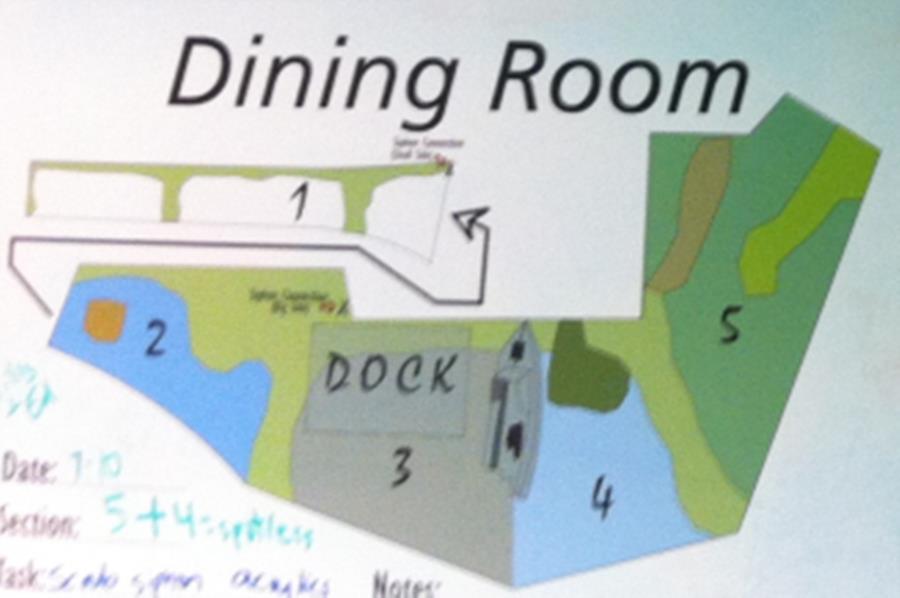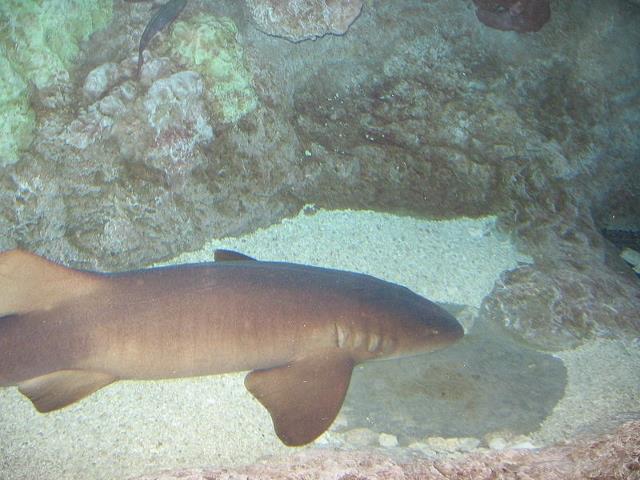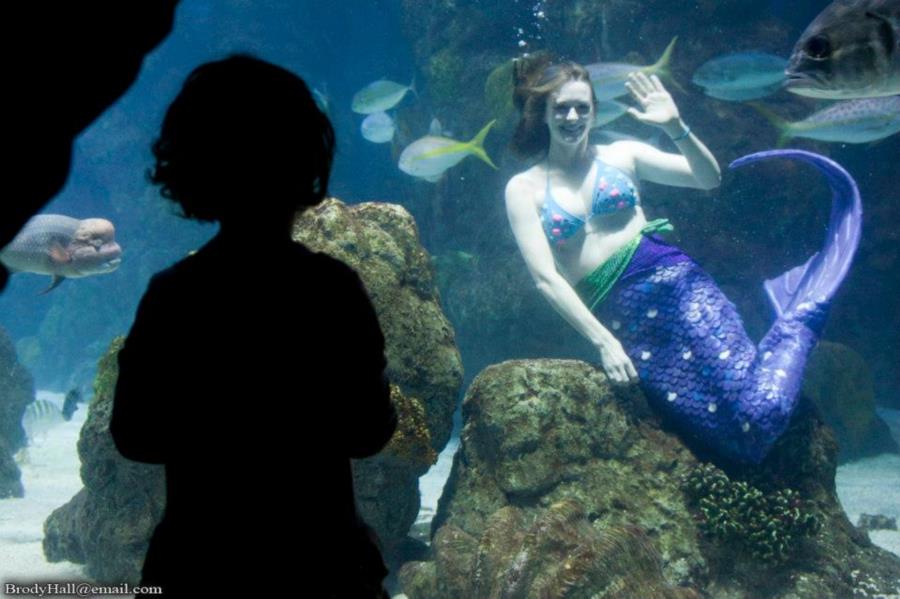 In which Diver Dave encounters mermaids without the benefit of hallucinatory influences.
In which Diver Dave encounters mermaids without the benefit of hallucinatory influences.
Part 3 of several installments.Diving in the Dining Room is a fairly quiet affair, but it has its own unique challenges. All of the critters are fed by the Aquarists at the surface, so the divers only need to scrub and siphon. It’s the only large tank that we have to enter from the 2nd floor, so we parade thru the exhibit hall in our wetsuits, to the delight of the kids (and young at heart). Past the ‘Staff Only’ door is a narrow walkway above the exhibit, made even narrower by the racks of gear, weights, pipes, and tanks. There’s also a ‘Hookah’ system that we can use as an alternative to the scuba gear. Between the 100+’ lines supplying our air and the siphon hose we manage to create what looks like a knot of Gordian proportions, but it all sorts itself out once we start coiling everything up at the end of the dive. The dock is on a winch that allows it to be raised and lowered, and a ladder that’s counter-weighted to swing up into a horizontal position out of the water when not in use. We’re not allowed to do a giant-stride or back-roll entry or even lower ourselves directly from the dock itself, so we have to gear up completely, then back onto the ladder and push it down with our feet in order to get into the tank. When it’s time to leave we have to grab the ladder and drag it back down into the water.

For some reason the red algae prevalent in all the exhibits grows exceptionally quickly here, so there’s always plenty of scrubbing to do. This is the exhibit that most often gets the attention of the ‘scrubbing parties’ that are held two or three times a year, and during one of my first dives there was a large Squirrelfish that seemed fascinated by my work – it kept me company almost the entire time, watching and investigating, but never eating any of the gunk I knocked loose, which is what I half expected.
Section 1 is a small, narrow coral reef tank which is physically separated from Sections 2 thru 5 by an acrylic plate. To get into it requires walking down an even narrower gangway, then climbing down a ladder about 5 feet. The tank itself is so narrow that there’s barely room to turn in place while wearing full scuba gear. But the confined space has an advantage: cleaning the windows is easy even without a suction cup to help cling to the acrylic – all I had to do was brace an arm and leg against the back wall and wipe away!
Once while I was siphoning Section 2, I found the nose of our 7’ nurse shark only a couple of feet away from the siphon. It had quietly glided into place and wrapped itself around a rock and coral structure, and I could see its eyes shifting back and forth between the siphon and me, supervising. As I got closer with the siphon it finally lifted off almost effortlessly and slid between myself and my buddy, Dave R.

Often there are little kids having dinner with their families, and they watch us with huge eyes. When I can, I take a few minutes to swim over to the wall and get them to put their hands on the acrylic opposite my own. Just that little bit of interaction thrills them no end. But a fully rigged scuba diver just can’t compete for the kids’ attention when there are mermaids to be seen.
During the evenings our ‘Mystic Mermaids’ put on dinner shows for the guests, swimming around and doing aqua-batics in front of each of the windows. I was surprised to walk onto the dock and see a couple of ladies in their fish tails, resting between shows, along with a safety diver (who stays hidden during the shows but is standing by in case of emergency). The mermaids are remarkable – they get in the water with the large, essentially wild fish including sharks and barracuda, with virtually no personal protection or air supply, wearing prosthetic tails that force them to use a very limited swimming style. They perform complicated maneuvers including choreographed ‘dances’ with each other, interact with the guests thru the windows, and act as though being underwater is completely natural for them, despite the fact that the salt water burns their eyes and they’re in chilling water. Admittedly I was very dismissive when I first heard about the mermaids at the aquarium, but having seen what they go through to get ready for their shows as well as the conditions under which they perform, I’ve learned a great deal of respect for them.
 Dave Madorsky lives in the Denver Metropolitan Area; his personal philosophy is, “Anytime I’m underwater and still breathing is a GOOD time!”Disclaimer: Most pictures were taken by Dave and Mira Madorsky and are copyright protected; but some are from public domain sources to better illustrate the sea life described.
Dave Madorsky lives in the Denver Metropolitan Area; his personal philosophy is, “Anytime I’m underwater and still breathing is a GOOD time!”Disclaimer: Most pictures were taken by Dave and Mira Madorsky and are copyright protected; but some are from public domain sources to better illustrate the sea life described.